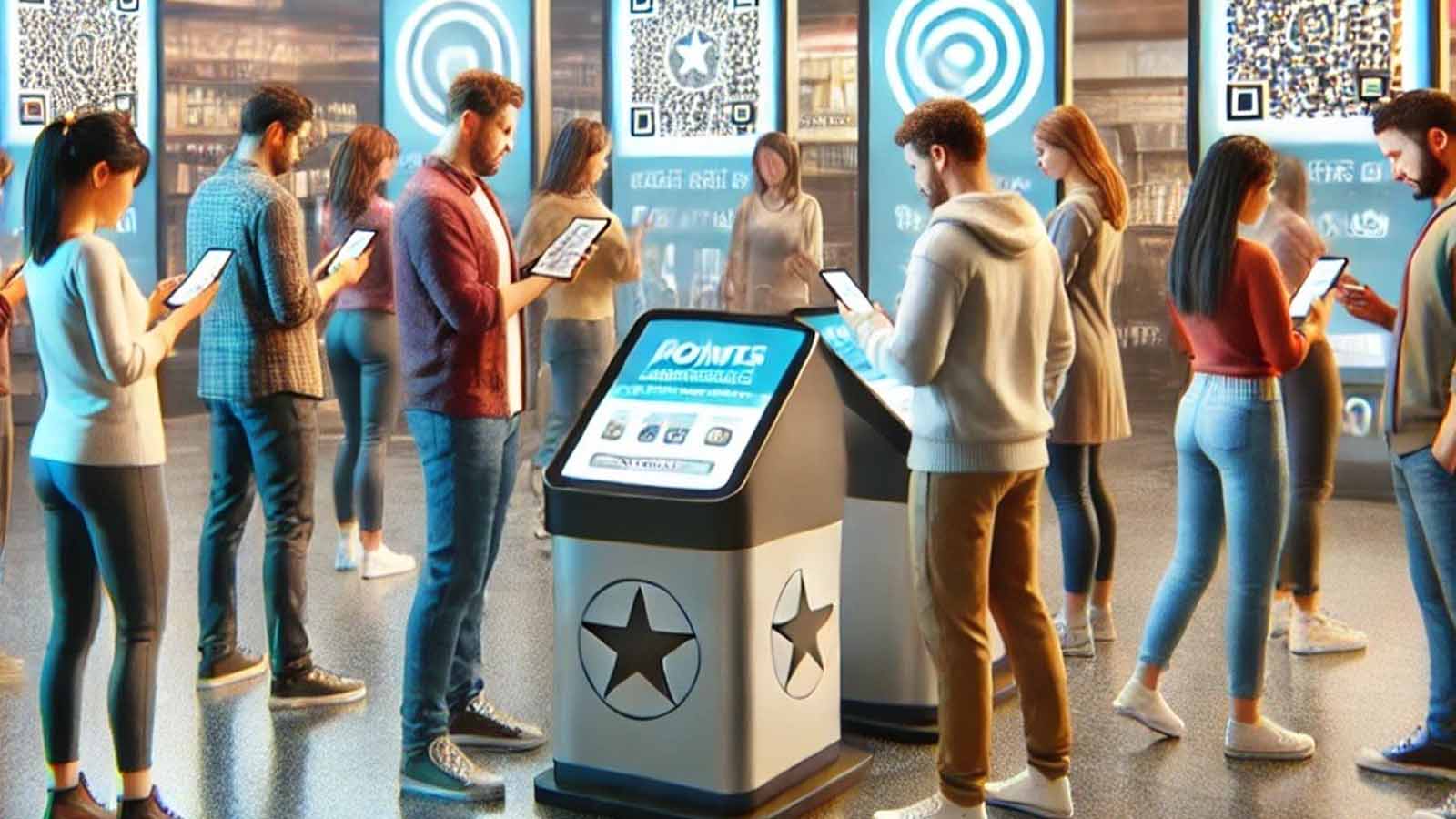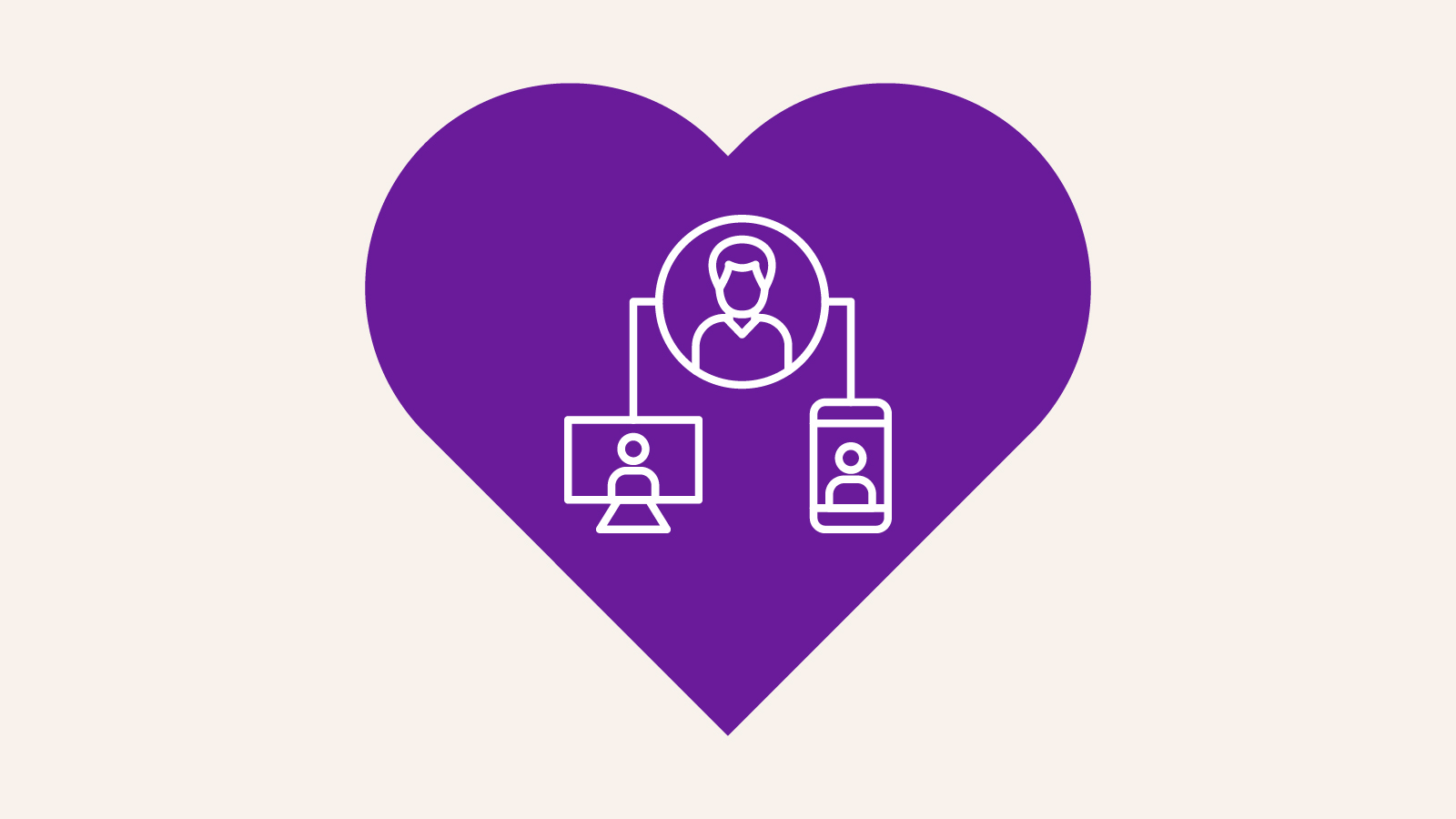1 min read
Strategic Principles for Coalition Loyalty Success
Explore the essential strategic principles for building successful coalition loyalty programs that create mutual value for partners, brands, and customers.
Get the latest insights, research and news delivered straight to your inbox.
Plus, enter to win the 2nd edition of Omnichannel Retail by Tim Mason & Sarah Jarvis!
No spam. We promise. 💜
Featured Case Study:
See how Eagle Eye helped Giant Eagle relaunch myPerks, delivering 25M+ personalized offers monthly and boosting loyalty program ROI.
Contact us to find out how we can enable your teams on our platform.

2 min read
 Jonathan Reeve
on
8 October, 2024
Jonathan Reeve
on
8 October, 2024

Partner brands have long valued coalition loyalty programs for their ability to provide a holistic view of consumer behavior across multiple businesses. With a shared infrastructure, coalition programs also reduce the costs for the individual businesses.
Despite their appeal, many coalition loyalty programs are struggling to keep pace with changing technology and rising customer expectations. A current example is Flybuys New Zealand, which is about to close after nearly three decades of operation. According to Lizzy Ryley, CEO of Loyalty NZ who ran the scheme, the closure was partly driven by the fact that businesses now have greater access to technology and capabilities that allow them to create their own proprietary loyalty programs, rendering the traditional coalition model less relevant.
This trend signals a critical challenge: coalition loyalty programs that fail to adapt to the changing landscape are at risk. While the focus used to be on building scale by adding more "earn" and "burn" partners, today’s consumers expect more including personalized and timely rewards that reflect their individual preferences.
The evolution of customer expectations is leading coalition programs around the world to shift their focus to creating strategic partnerships. Instead of just increasing the number of participating brands, coalitions are aiming to enhance the overall customer experience and add tangible value to their offerings.
Strategic partnerships are being formed based on shared customer segments and complementary offerings, enabling brands to deliver more seamless and personalized experiences. For instance, a partnership between a fashion retailer and a travel company can deliver curated offers that align with the lifestyle and interests of their shared customers.
To maximize the potential of coalition loyalty programs, I am sharing my perspective on three key principles to follow:
1. Data Sharing for Enhanced Personalization
Effective coalitions rely on using shared customer data that enables partners to deliver personalized offers based on individual preferences. Data privacy concerns remain a challenge, but programs are navigating this by using anonymized data and implementing strong data-sharing agreements between partners. One leading example is the Nectar loyalty program in the UK, which involves brands like Sainsbury's, Esso, and eBay. By leveraging shared customer data, Nectar tailors promotions to individual preferences, increasing the relevance of offers. For instance, a customer purchasing groceries at Sainsbury’s might receive a targeted discount for fuel at Esso, enhancing the perceived value of the program through data-driven personalization.
2. Balancing Immediate and Long-term Rewards
Consumers today often value a mix of both instant rewards and the option to accumulate points for more valuable rewards. Virgin Atlantic's Flying Club program is a good example. It balances the ability to redeem points for long-haul flights with partnerships through the Virgin Red program that allow members to use points for everyday purchases, such as snacks at Greggs, a popular convenience retailer in the UK. This combination provides members with short-term incentives while keeping them engaged with the promise of higher-value, long-term rewards.
3. Creating Seamless Customer Journeys
Successful coalition programs can deliver integrated experiences. A good example is the American Express Membership Rewards program. AmEx has partnered with numerous travel, retail, and dining brands to create a cohesive journey for cardholders. A customer booking a flight through the AmEx travel portal can earn rewards redeemable at partner hotels or restaurants. This interconnected ecosystem helps eliminate friction in the customer experience and allows members to derive value at multiple points in their journey.
As customer expectations and technology evolve, coalition programs will need to transition from broad networks of partners to strategic alliances that prioritize customer experience and shared value. Programs that embrace this shift will drive higher engagement and foster lasting loyalty, but those that don't increasingly risk their partners striking out to build their own proprietary programs.
Get the latest insights, research, and news delivered straight to your inbox.
Plus, enter to win the 2nd edition of Omnichannel Retail by Tim Mason & Sarah Jarvis!
No spam. We promise. 💜

1 min read
Explore the essential strategic principles for building successful coalition loyalty programs that create mutual value for partners, brands, and customers.

3 min read
Enhance customer loyalty with CDPs by creating personalized. Learn how these tools work together for impactful customer engagement.

1 min read
Explore how technology revitalizes coalition loyalty programs, enhancing personalization and customer engagement in the digital age.